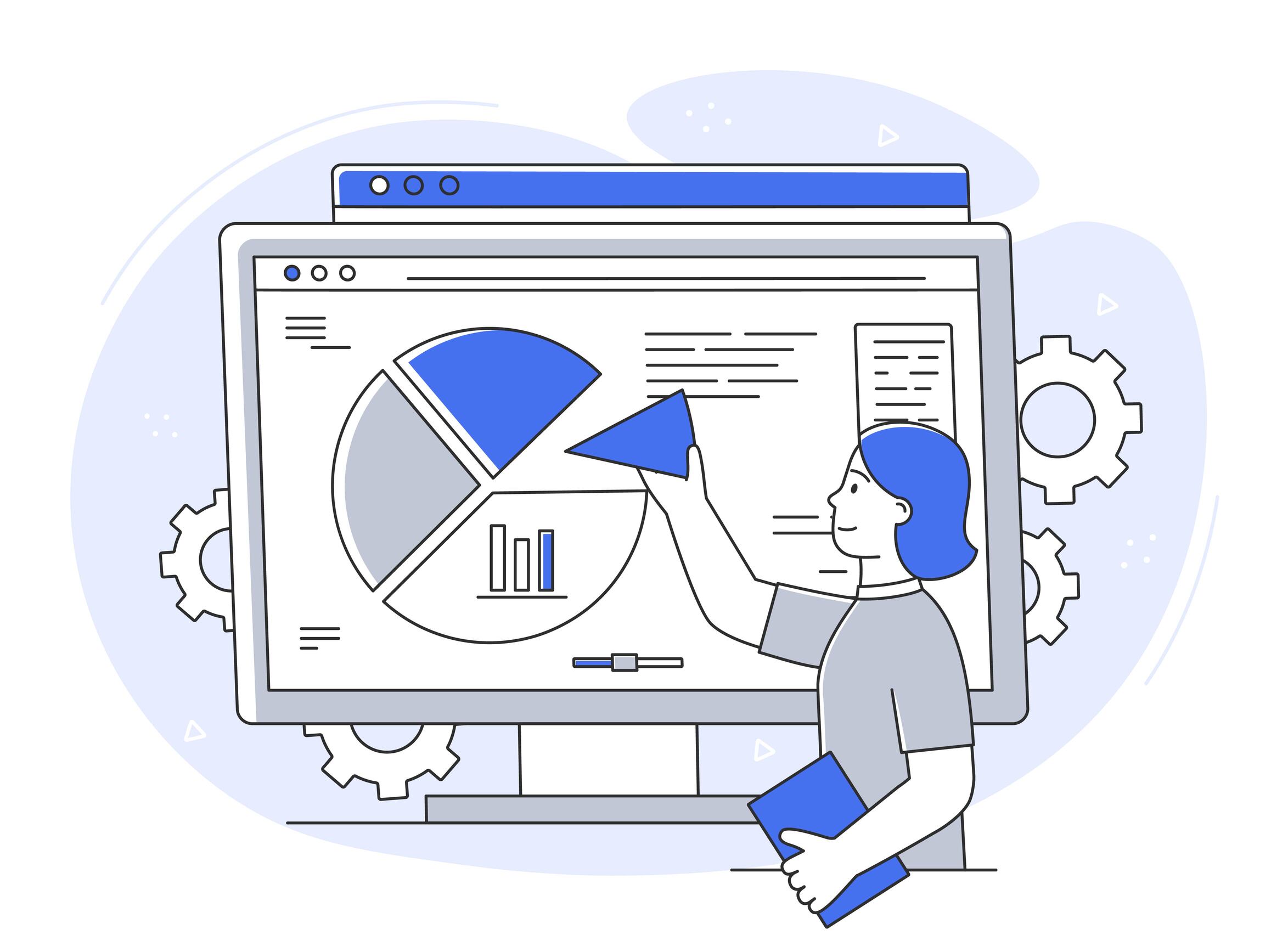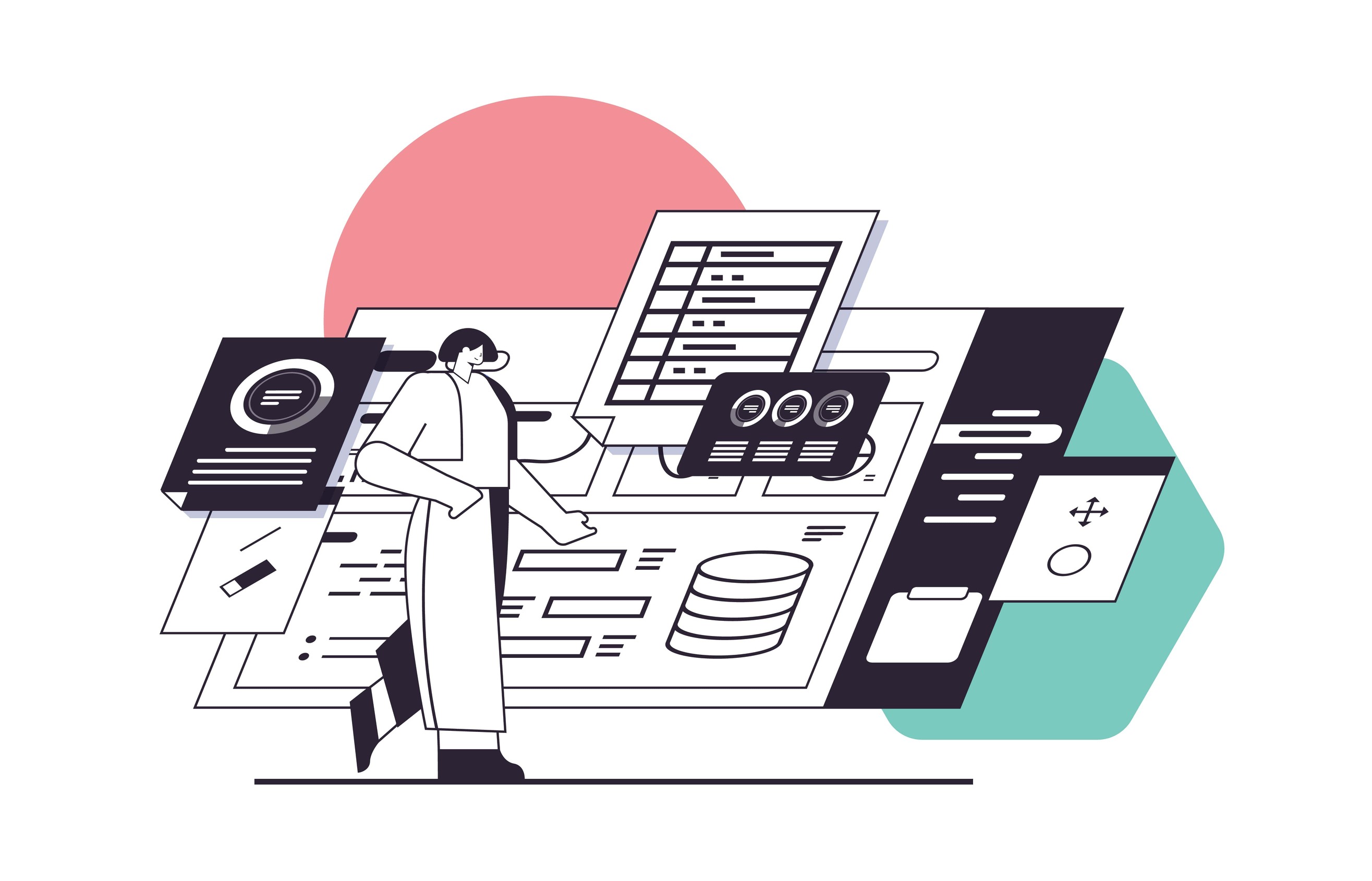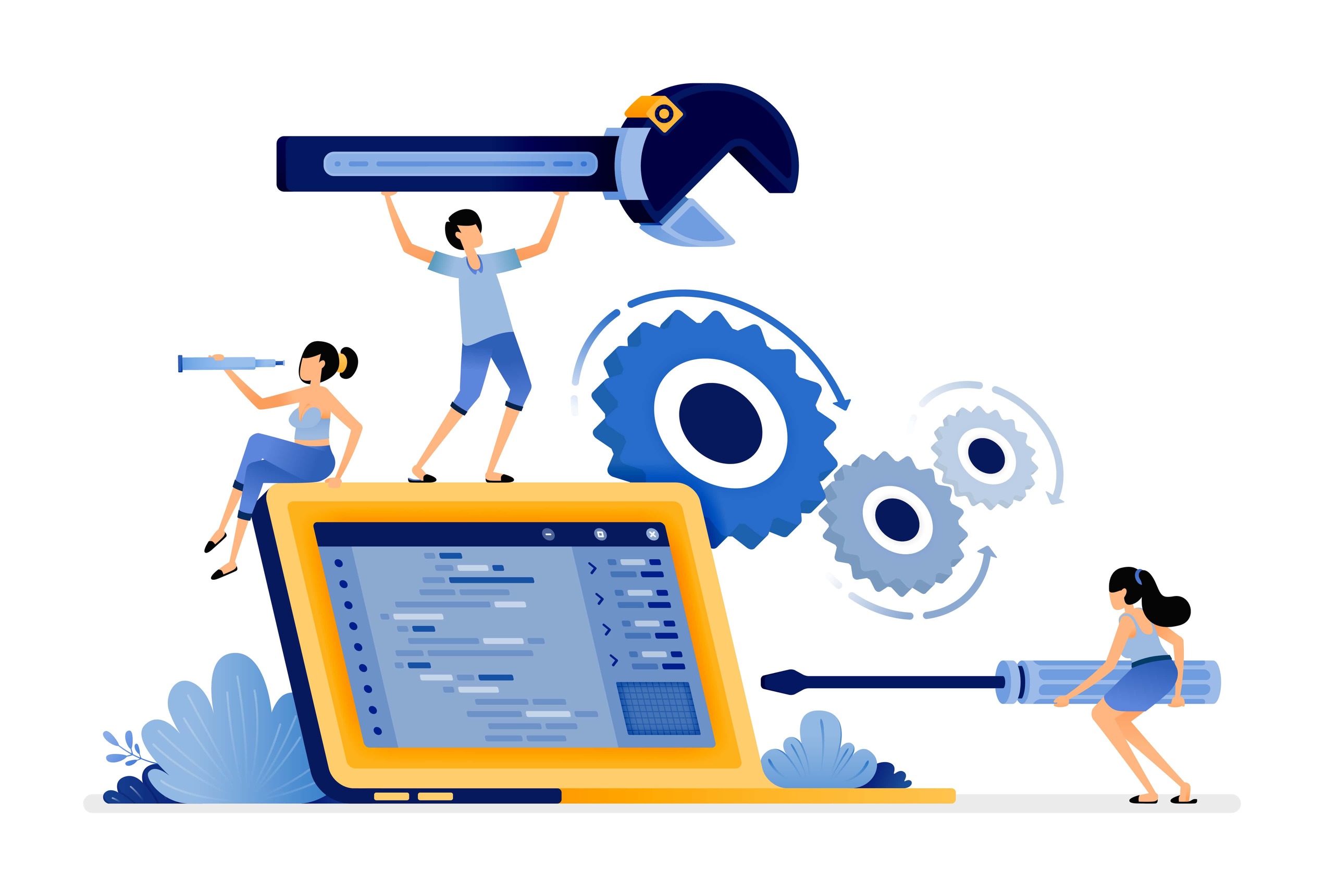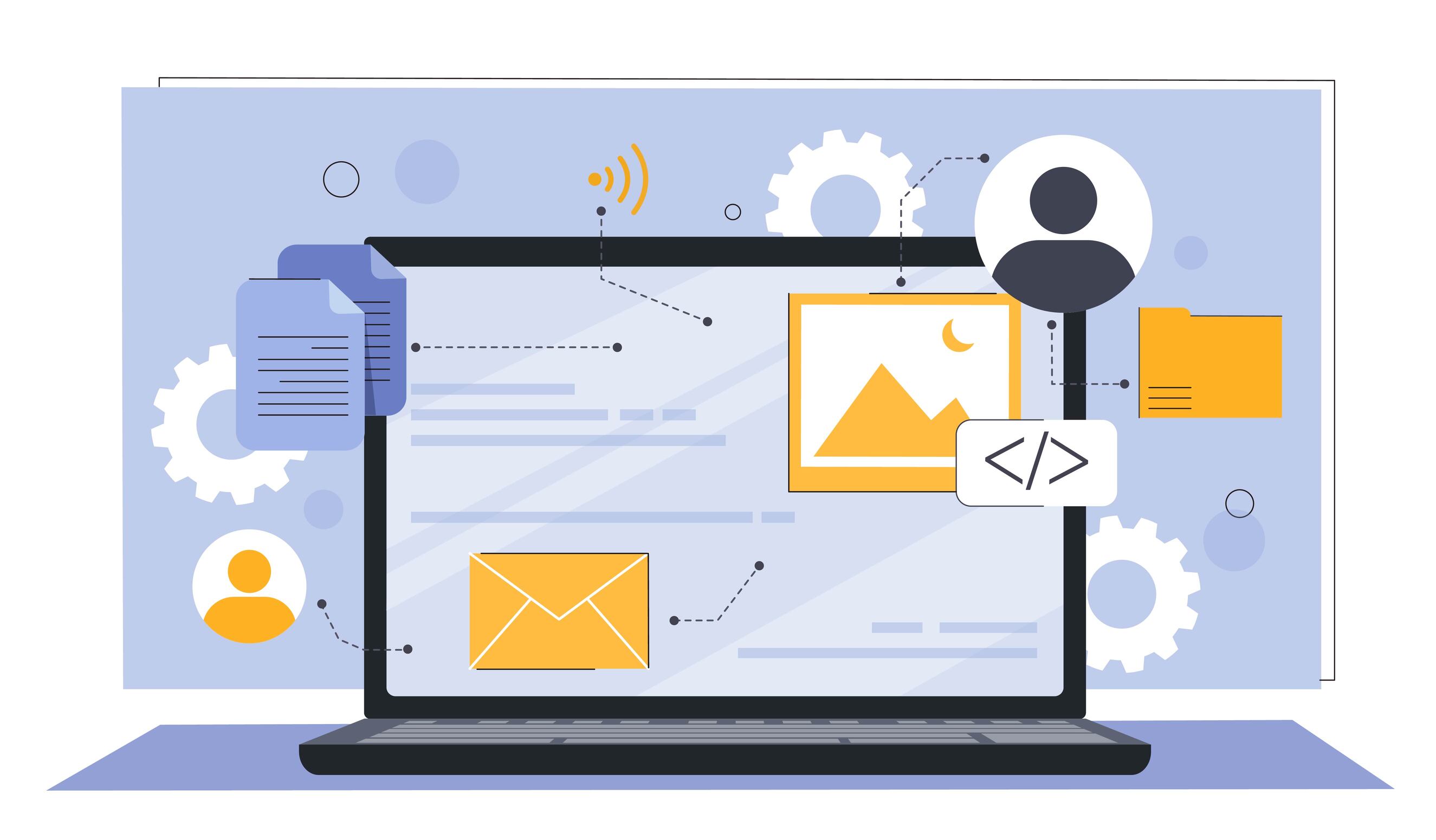Organizational Portal for Human Resources with Added Value
Corporate portal

 1965
1965 
Organizational Portal for Human Resources - The Tool That Will Transform HR into a Strategic and Value-Added Function
In the modern business world, the role of the Human Resources department has evolved far beyond routine workforce management. Today, organizations expect HR to be a strategic partner that advances business objectives, nurtures employee talents, and shapes organizational culture. However, to meet these high expectations, advanced tools and innovative approaches are required. This is where the Organizational Portal for Human Resources comes into play - a comprehensive digital platform that can change the game and transform HR into a truly value-added entity.
So what exactly can an organizational portal contribute to Human Resources?
First, it streamlines and simplifies routine administrative processes. With intuitive interfaces for managing employee data, vacation requests, attendance reports, and payroll data entry, the portal can save valuable hours of manual work. Automating repetitive tasks frees the HR team to focus on higher-value activities, such as talent acquisition, training development, and strategic workforce planning.
A prime example of an advanced HR portal can be found at the software company Workday. Their platform integrates all aspects of human capital management, from recruitment to retirement, in one place. With automated workflows, advanced analytics, and a machine-learning-based system for matching candidates to roles, Workday allows Human Resources to make more informed decisions and be more strategic.
But an organizational portal for Human Resources is much more than just an automation tool. It is also a hub for employee information and services. With convenient self-service access to information on benefits, training opportunities, career advancement, and policy documents, employees are empowered to manage their careers. When they can find answers to common questions and perform routine tasks themselves, the burden on the HR team is significantly reduced.
Moreover, the HR portal can serve as a powerful tool for communication and employee engagement. With features like company news, feedback surveys, and discussion forums, it enables the organization to strengthen culture, encourage open dialogue, and foster a sense of belonging. Research shows that engaged employees tend to be more productive, innovative, and loyal to the company.
So how do you approach an HR portal project correctly?
The first step is to clearly define your organization's unique goals and needs. What are the biggest challenges you face in managing human resources? Which processes do you want to improve? What types of information and services do your employees need? These insights will help you shape a portal that provides real answers and generates added value.
The next step is to choose the right technological platform. Whether you opt for an off-the-shelf solution like SAP SuccessFactors or Oracle HCM or develop something customized, ensure that the system is flexible, user-friendly, and integrates well with your other systems. This last point is particularly important because the true value of an HR portal comes from its ability to unify data and processes across different domains.
Another critical factor for success is user adoption. Even the most sophisticated portal will be useless if employees and the HR team do not use it. Therefore, it is essential to invest in careful user experience design, quality training, and effective communication of the benefits. The more intuitive, relevant, and visibly valuable the system is, the easier it will be to encourage widespread usage.
Finally, do not forget that an organizational portal for Human Resources is not a one-time project. To derive maximum value, it should be treated as a dynamic system that evolves and improves continuously. Monitor usage data, collect feedback from users, and analyze KPIs to identify optimization opportunities. The more the portal is tailored to the changing needs of the organization, the more efficient and effective it will become.
In conclusion, an organizational portal for Human Resources with added value is not just another system to implement. It is a strategic opportunity to turn HR into a true business partner that advances organizational goals, streamlines processes, and enhances the employee experience. With the right planning, the appropriate technology, and widespread adoption, the HR portal can be the tool that unlocks the full potential of human resources in an organization. So if you are ready to take your HR department to the next level, perhaps it is time to consider your own organizational portal. After all, investing in technology is also investing in people - and that is always the most rewarding investment.






